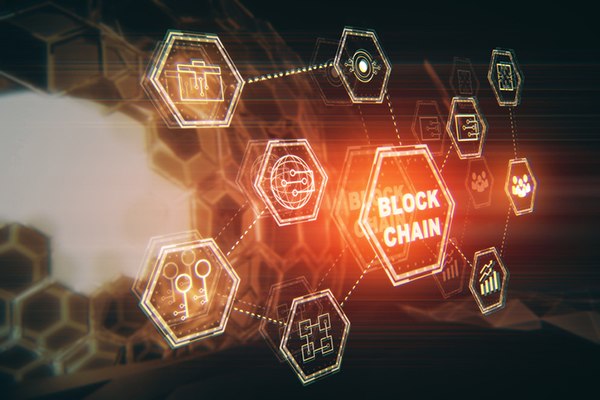Editor’s Note: Jonathan Wright is Managing Partner - Service Line Leader, IBM Services.
The world is more focused than ever on maintaining the flow of goods – ranging from essential products to fitness equipment. Whether it’s realized or not, everyone relies on supply chain managers to make certain that products and supplies reach the hands of those who need them, when and where they’re needed most.
2020 taught us that supply chains needed to be more dynamic, responsive and resilient. They must focus on increasing their interconnectivity between external ecosystems and internal processes. Investments in AI, cloud and automation allow for quicker responses from enterprises to manage disruptive environments and conditions.
Smarter supply chains will better understand demand signals and rapid changes based on many factors, like current consumer behavior and seasonal surges. Beyond this, they must remain tuned-in to patterns and changes in stock keeping units (SKUs) to better manage risk and prevent unnecessary shortages. For this, supply chains must base decision-making on insights from aggregated data generated by sourcing, planning, manufacturing and fulfillment processes. This level of visibility paired with, what I call, “intelligent workflows,” enables better end-to-end coordination and orchestration.
As supply chain leaders look toward the future, they must consider the following five trends, to help power responsiveness and flexibility so they are better prepared for future unforeseen disruptions:
- Customized customer experiences. Today’s consumers expect to be able to order what they want, when they want, from wherever they want – in a hyper-personalized fashion. These buying experiences have quickly become the norm, and supply chains need to deliver differentiation through radical consumer customization.
- Self-learning operations. A next-generation approach to planning uses AI capabilities to sense and respond to change, maintain continuity amid disruptions, foster continuous collaboration with external partners and shift from demand response to predictive demand creation.
- Agile operating models. Operating models that provide near-instant insights to support an organization’s workforce, ecosystems and fluid work unit teams are essential. For example – to help gain an accurate view of inventory positions and optimize vaccine allocation, stakeholders need a supply chain that is bolstered by advanced technologies like AI to signal early warnings of disruption based on external data. Then, they can optimize orders based on critical need.
- Transparent, ethical networks. Blockchain technologies can enable cross-industry, multi-enterprise networks to provide shared visibility into trusted data that drives better insights and decisions. When connected to the supply chain, Blockchain networks can also remove transactional blind spots between partners, reduce order errors and improve dispute resolution.
- Dynamic computing configurations. Hybrid cloud, platform and edge environments can provide responsive data insights and an added layer of security.
Core themes across these trends are better insights, greater reliance on data and smarter use of emerging technologies. The ability to identify and relentlessly fixate on real-time opportunities is game-changing for supply chains.
This serves as a rare moment for organization to evolve more quickly from longstanding ‘outside-in’ digital transformation perspectives to a more ‘inside-out’ approach – leveraging the unique strength of proprietary data partnered with the latest in AI, Blockchain, automation and more. Only then will supply chains find themselves on the path to a stronger, more resilient future for all.
SC
MR


Latest Supply Chain News
Latest Podcast

 Explore
Explore
Business Management News
- Strengthening customer fulfillment: Building a strategic stakeholder network
- The hard job of teaching soft skills
- Trump picks former Wisconsin congressman Sean Duffy for DOT secretary
- Made in Mexico, manufactured by China
- Retail sales see gains in October, reports Commerce and NRF
- Balancing green and speed: Home delivery insights from the pandemic era
- More Business Management
Latest Business Management Resources

Subscribe

Supply Chain Management Review delivers the best industry content.

Editors’ Picks




